Imagine a French museum that’s second only to the Louvre when it comes to paintings, with an eye-watering collection of manuscripts. Add to that a grand château with a turbulent history going back to the 16th century. Plus period kitchens (one tragic chef committed suicide when it seemed that the delivery of fish for the court’s Friday dinner would not arrive in time. It did arrive but only after he’d thrown himself on his kitchen knife).
Imagine, too, that it’s in splendid grounds, with formal gardens and naturalistic landscape beyond. Then throw in the biggest, grandest stables in Europe, housing a museum all about horses — from their history to their equipage — plus actual horses, from dear little Shetlands to an enormous shire, which perform in a historic mini-amphitheatre. Add to that the equivalent of the Ascot racecourse next door. Plus, for greedy pigs, a food product that you would actually travel to eat, in a bucolic setting. That, folks, is the Musée Condé, set in the Château de Chantilly. It has all the above, and — drumroll — it’s only 40 km from Paris.
So why, I asked myself, when I finally got to visit the museum, had I never heard of it? Picardy is woefully underappreciated in general but the way this museum has not registered on visitors’ radar is simply baffling, until you factor in that it hasn’t been able to afford much in the way of marketing. But given the gruelling ordeal that a visit to the Louvre entails, it’s extraordinary that more of us have not gravitated north of Paris to the former home of the princes of Condé. Its history is fascinating. One of the centres of court life under Louis XIV (Molière, Racine and Corneille all produced plays in thetheatre), its buildings were converted into a squalid prison during the French revolution, then almost entirely dismantled by the notorious Bande noire asset-strippers, transformed into a military school, passed into the hands of Coutts bank and then, during the first world war, became the headquarters of the French army.
The château was completely rebuilt in the late 19th century by Henri d’Orléans, Duke d’Aumale (son of Louis Philippe), who worked out the reconstruction in part during his 23-year exile in Twickenham (there’s a charming depiction of his home in Strawberry Hill on a ceiling that shows his former residences). Zealous to recover his family’s historic collection dispersed in the revolution, he became a collector of genius. Plus he was trying to forget a series of family tragedies — all of his seven children died, as did a succession of siblings, which may account for the melancholy that invests his portraits. Poor duke. Having no immediate heirs, he left everything to the Institut de France in 1886.
But his final coup was in the bequest: he specified that nothing, but nothing, could be changed in the way the collection was exhibited and also that none of it should be lent elsewhere. You know how irritating it is when museums rehang and spoil their permanent collections, when half their historic interest is in the way they are hung? Well, it can never happen here. The duke had his own take on how pictures should speak to each other to make a coherent whole, and it’s not just chronological or national. So not only is this a world-class collection, its 19th-century presentation — often densely hung — has the stamp of an intelligent and cultivated individual.
The one respect in which this was problematic was in the library, which is quite beautiful, with its upper gallery, and has the extraordinary manuscript of the Très Riches Heures du Duc de Berry, which he acquired from a convent school for girls in Genoa. But in the fashion of the time he liked to grade his acquisitions by size and in harmonious binding, which means that the medieval manuscripts have been mercilessly rebound to fit the library. That sort of thing makes medievalists cry.
But back to the collection… where to start? It has 1,000 paintings, 2,500 drawings and 2,500 engravings. There are three Fra Angelicos, three Raphaels (including the exquisite ‘Three Graces’), five Poussins, four Watteaus and five by Ingres, including an intense self-portrait. Oh, and the fabulous ‘Autumn, or Allegory Against Drunkenness’ by Botticelli, featuring two of the most horrid putti you’ve ever seen, one in a drunken stupor (see p31). And didI mention the singerie by Christophe Huet, graceful rooms decorated in the Chinese style with monkeys disporting themselves in human ways? That was my very favourite.
I’m not doing this justice, am I? And I haven’t even said that the place is situated in the equivalent of the Curragh, which is why you’ve got the Chantilly racecourse next door. Oh, and one final thing: it’s home to Chantilly cream which, apparently, taken with strawberry tart in the little hamlet near the museum, is something you never forget. I told you it’s got everything, didn’t I?
Got something to add? Join the discussion and comment below.
Get 10 issues for just $10
Subscribe to The Spectator Australia today for the next 10 magazine issues, plus full online access, for just $10.
You might disagree with half of it, but you’ll enjoy reading all of it. Try your first month for free, then just $2 a week for the remainder of your first year.

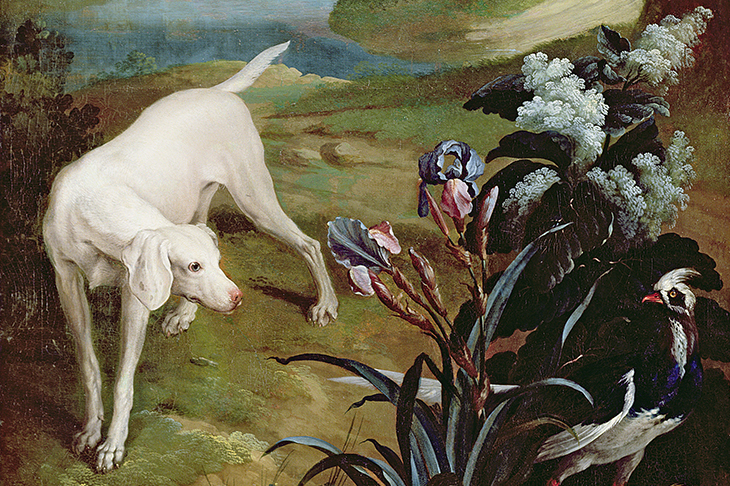
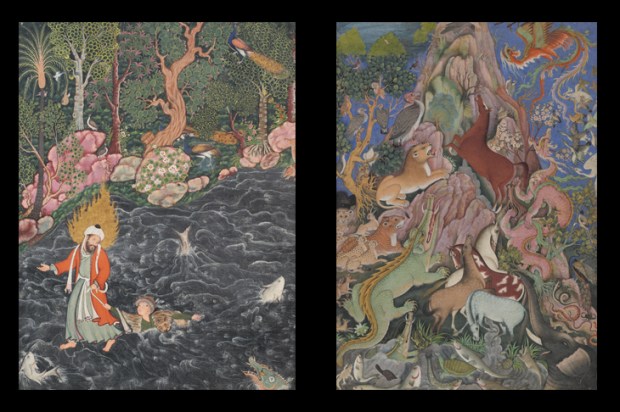
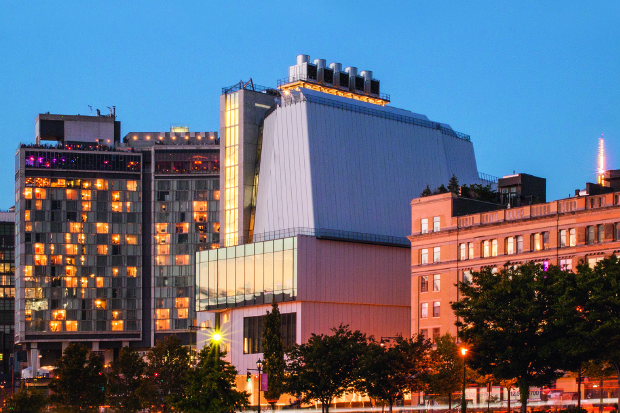

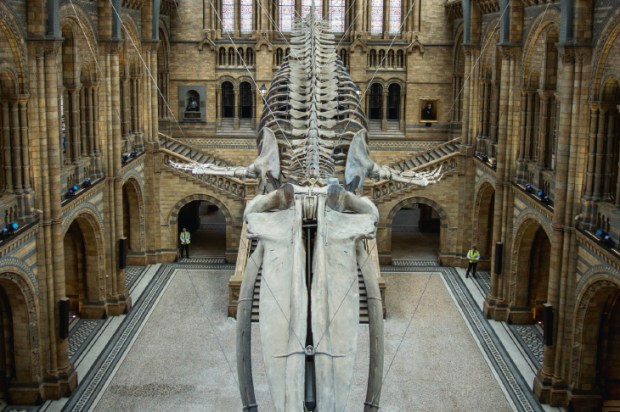
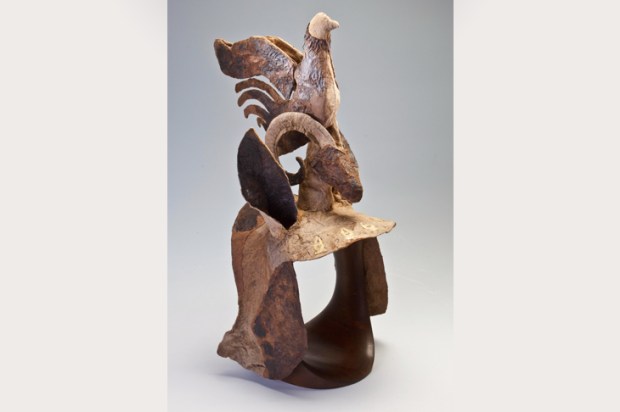
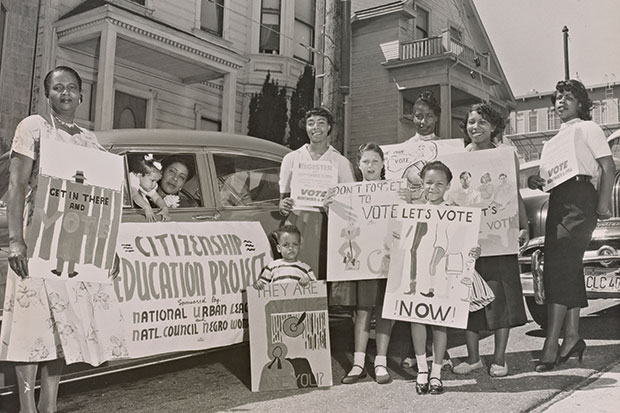






Comments
Don't miss out
Join the conversation with other Spectator Australia readers. Subscribe to leave a comment.
SUBSCRIBEAlready a subscriber? Log in